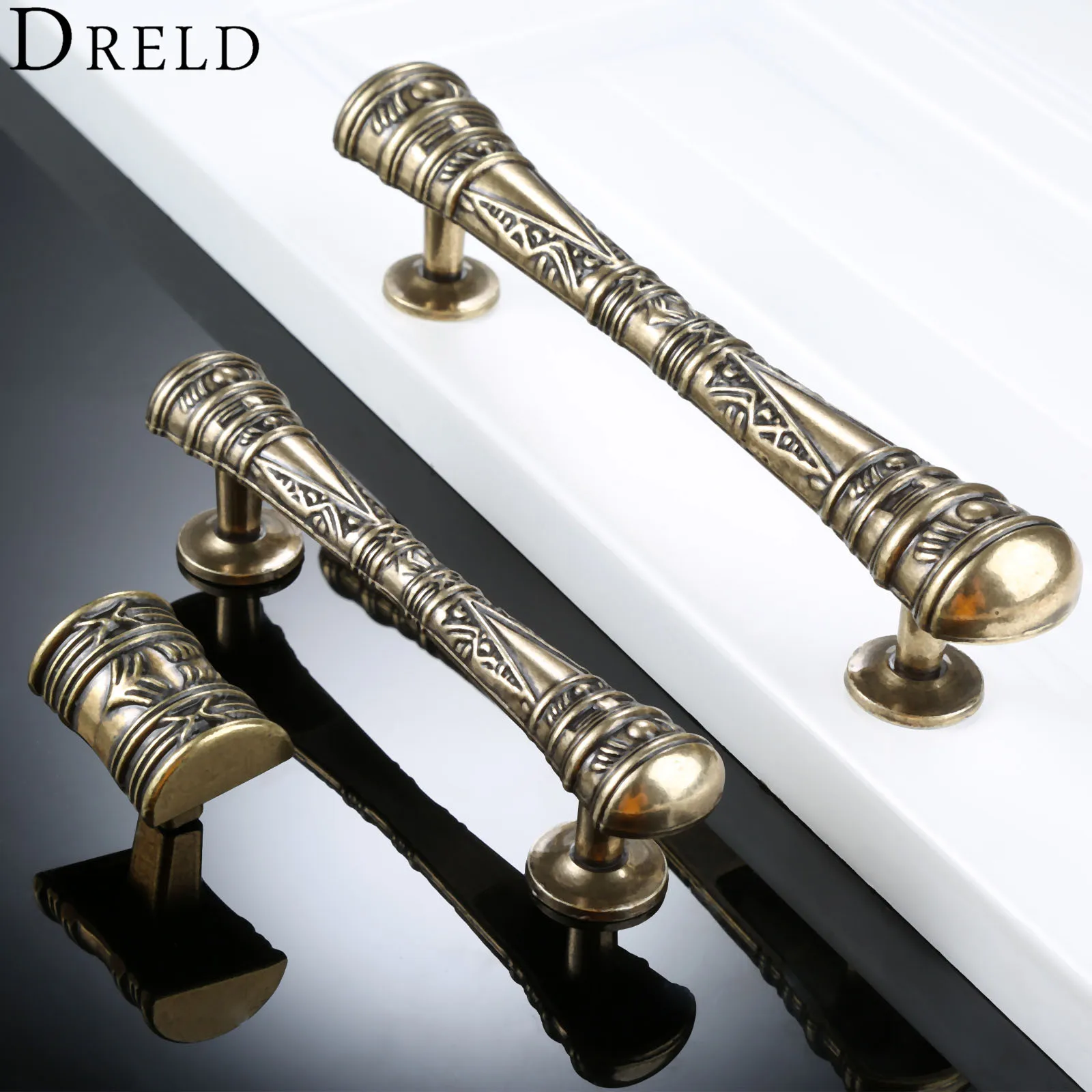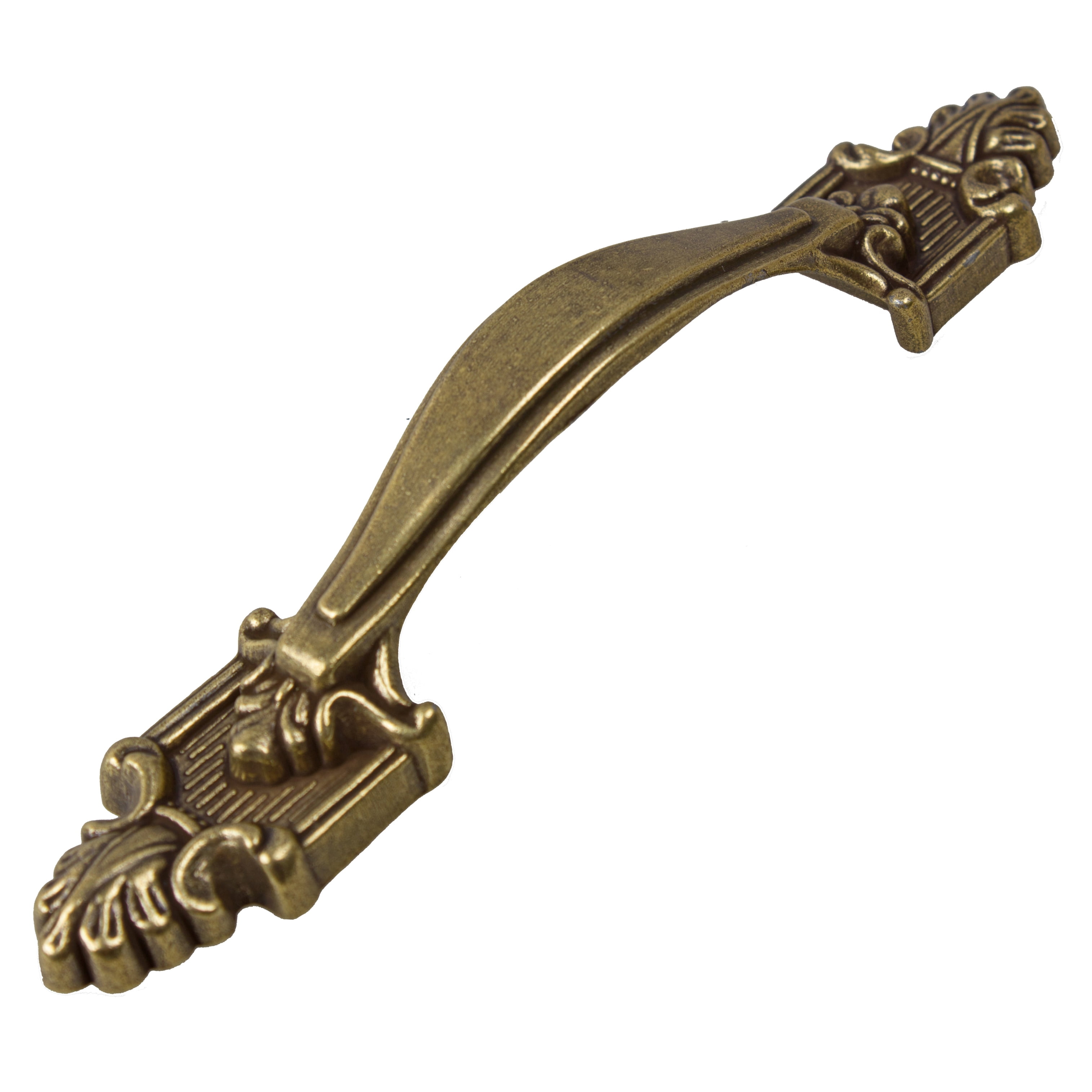Identifying and Appraising Antique Brass Cabinet Pulls

Authentic antique brass cabinet pulls represent a blend of artistry, craftsmanship, and historical significance. Their value is determined by a complex interplay of factors, requiring careful examination and informed assessment. Accurate identification distinguishes genuine antiques from later reproductions, ensuring informed collecting and investment decisions.
Authenticity of Antique Brass Cabinet Pulls
Distinguishing genuine antique brass cabinet pulls from reproductions requires a keen eye for detail and a comprehensive understanding of manufacturing techniques and stylistic evolution. Several key characteristics can aid in this process. Firstly, the casting process itself often reveals clues. Antique pulls frequently exhibit imperfections – slight variations in size, minor casting flaws, or inconsistencies in finish – which are less common in modern, mass-produced reproductions. Reproductions tend to have a more uniform, machine-perfect finish. Secondly, the patina of antique brass is unique. Years of oxidation and wear create a characteristic depth and complexity of color not easily replicated. A consistently even, bright brass finish often suggests a newer piece. Finally, consider the style and design elements. Researching prevalent styles of specific periods can help determine whether the design aligns with the purported age of the piece. For example, Art Nouveau pulls will differ significantly from those of the Victorian era. A discrepancy between the purported age and the stylistic elements should raise suspicion.
Factors Influencing Value of Antique Brass Cabinet Pulls
Several factors significantly influence the value of antique brass cabinet pulls. Rarity is a key determinant. Unique designs or pulls from limited production runs command higher prices. Condition is another critical factor; pristine condition significantly increases value, while damage, such as significant dents, cracks, or missing parts, reduces it. Maker’s marks and hallmarks, when present, can greatly enhance value, as they provide provenance and authenticity. The maker’s reputation and the period in which the pull was produced are also important. Finally, the overall aesthetic appeal and stylistic significance of the piece also contribute to its value. Highly sought-after styles, such as those associated with renowned designers or particular historical periods, tend to fetch higher prices. For example, a pair of cabinet pulls from a known Arts & Crafts movement craftsman might be valued considerably higher than a more common design.
Identifying Marks and Hallmarks
Maker’s marks and hallmarks are crucial for authentication and valuation. These marks, often stamped or etched onto the pull, can identify the manufacturer, the period of production, and sometimes even the specific design. They might include the manufacturer’s name, a logo, or a specific code. For example, some manufacturers used initials or monograms. Researching antique catalogs and maker’s marks databases can help decipher these markings. The presence of a hallmark, indicating a specific metal composition or standard, can also add to the value and authenticity. However, the absence of markings does not automatically disqualify a piece as antique; many older pieces were unmarked, particularly those produced by smaller workshops or regional manufacturers.
Assessing the Condition of Antique Brass Cabinet Pulls
A thorough assessment of condition is vital for accurate appraisal. A checklist should include evaluating the overall integrity of the piece, noting any damage, such as bends, dents, or cracks. Examine the surface for wear and tear, including scratches, abrasions, and pitting. Assess the patina for consistency and authenticity; an overly uniform or artificial-looking patina can indicate a reproduction. Check for any repairs or restorations; while some minor repairs might be acceptable, extensive restoration can negatively impact value. Inspect the mounting hardware; missing or damaged screws or mounting plates can reduce the value. Finally, document all findings meticulously, including photographic evidence. A detailed condition report is crucial for accurate valuation and insurance purposes. For example, a pull with minor surface scratches might still retain considerable value, while one with significant structural damage would be significantly less valuable.
Restoring and Maintaining Antique Brass Cabinet Pulls

Antique brass cabinet pulls, with their rich patina and historical significance, require careful handling to preserve their beauty and value. Improper cleaning or storage can lead to irreversible damage, diminishing both aesthetic appeal and monetary worth. This section details appropriate methods for cleaning, repairing, and storing these valuable artifacts.
Cleaning and Polishing Antique Brass Cabinet Pulls
Cleaning antique brass requires a gentle approach to avoid scratching the surface or removing the desirable patina. Harsh chemicals and abrasive cleaners should be strictly avoided. A soft cloth, lukewarm water, and a mild dish soap solution are usually sufficient for removing light dust and grime. For more stubborn dirt, a soft-bristled brush can be used gently. After cleaning, rinse thoroughly with clean water and dry immediately with a soft, lint-free cloth. For polishing, a specialized brass polish can be applied sparingly and buffed gently with a soft cloth. Always test any cleaning product on an inconspicuous area first to ensure it doesn’t damage the finish. Avoid using excessive force or abrasive materials, which can permanently mar the surface. Consider leaving some patina intact; a completely polished surface may detract from the antique character.
Common Problems and Solutions for Antique Brass Cabinet Pulls
Corrosion and tarnish are common problems encountered with antique brass. Corrosion manifests as pitting, discoloration, or even flaking of the brass surface, often due to exposure to moisture or chemicals. Tarnish, a dulling of the brass’s luster, is a natural process caused by oxidation. Addressing corrosion often requires professional intervention, potentially including electrolytic cleaning methods performed by a specialist in metal restoration. However, for mild tarnish, a gentle cleaning with a brass polish, as described above, is often effective. Prevention is key; proper storage in a dry, controlled environment significantly reduces the likelihood of both corrosion and tarnish. Regular inspection also allows for early detection and timely intervention.
Repairing Damaged Antique Brass Cabinet Pulls
Repairing damaged antique brass pulls can range from simple tasks to complex restoration projects. Minor scratches can often be buffed out with a fine polishing compound. For broken parts, carefully assess the damage. Small cracks or breaks might be repairable with epoxy resin designed for metal, ensuring a color match as closely as possible. More extensive damage, such as significant breaks or missing pieces, may necessitate the skills of a professional metalworker or conservator. Replating, a process of applying a new layer of brass, is a more involved repair best left to experienced professionals. They can accurately match the original plating and ensure the longevity of the repair. Attempting complex repairs without proper training can lead to further damage and decrease the value of the piece.
Safe Storage and Preservation of Antique Brass Cabinet Pulls
Proper storage is crucial for preserving the condition of antique brass cabinet pulls. Here is a step-by-step guide for safe storage:
- Clean the pulls thoroughly before storage to remove any dirt or grime that could accelerate deterioration.
- Individually wrap each pull in acid-free tissue paper to prevent scratching and protect against dust.
- Place the wrapped pulls in acid-free archival boxes or containers to further protect them from environmental factors.
- Store the containers in a cool, dry, and dark place, away from direct sunlight and extreme temperature fluctuations.
- Maintain consistent humidity levels to prevent corrosion. A humidity level between 40% and 50% is generally recommended.
- Regularly inspect the pulls for any signs of damage or deterioration. Address any issues promptly to prevent further damage.
